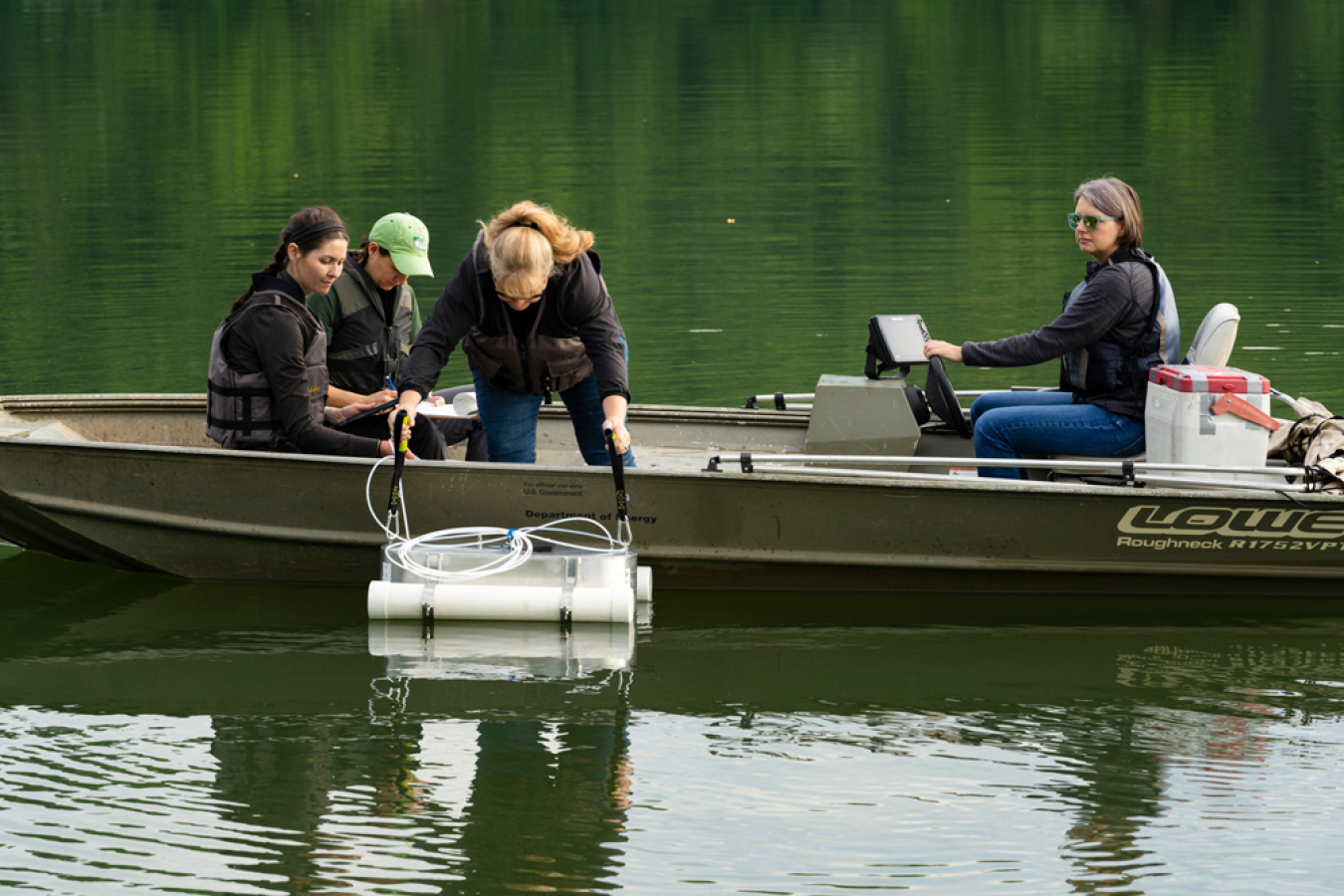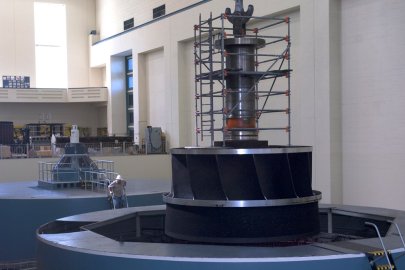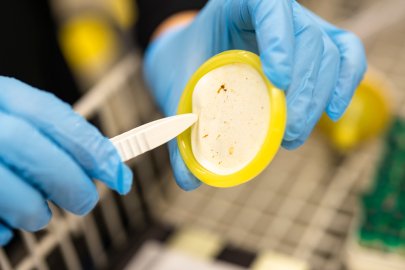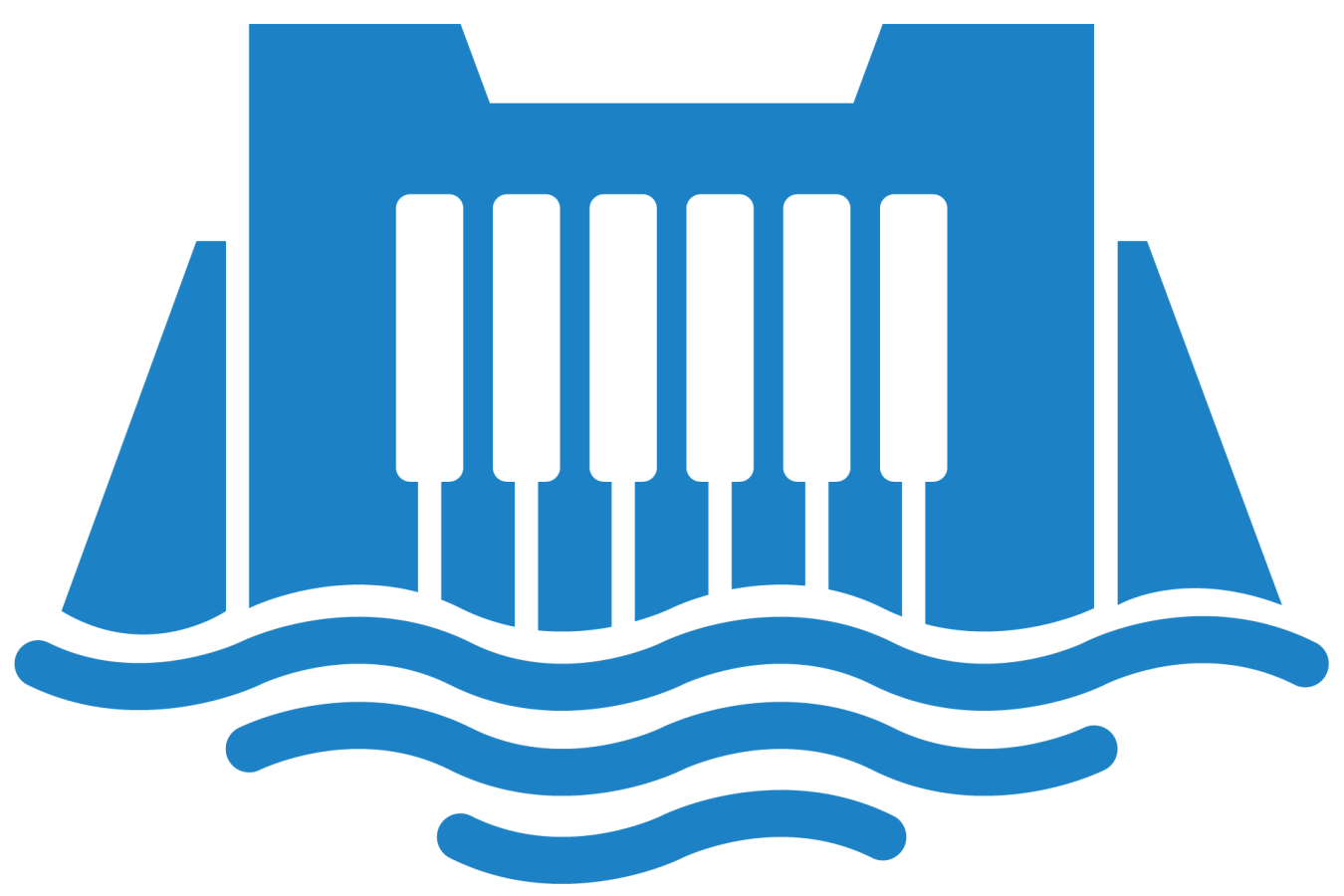Researchers used a variety of sampling techniques to consistently and accurately measure methane and carbon emissions from six hydropower reservoirs
Water Power Technologies Office
March 14, 2024Hydropower Program
Environmental and Hydrologic Systems Science
Project Name: Understanding Greenhouse Gas Emissions From U.S. Hydropower Reservoirs
Project Team: Oak Ridge National Laboratory
Lead Recipient Location: Oak Ridge, Tennessee

Researchers from Oak Ridge National Laboratory (ORNL) measured carbon emissions from six hydropower reservoirs in the southeastern United States to better understand the effect of reservoirs with hydropower facilities on greenhouse gas emissions, such as carbon dioxide (CO2) and methane. The research found that while emissions varied from reservoir to reservoir, many of the bodies of water absorbed more carbon than they emitted during summer, though this can vary both seasonally and across multiple years.
All bodies of water naturally emit greenhouse gases when microorganisms break down organic matter (such as plants and leaves) into methane or CO2. This happens whether or not hydropower facilities are present on the body of water. To better understand the impacts of hydropower on the environment, data must be collected and compared to the greenhouse gas emissions naturally expected to come from that body of water. Unfortunately, there is not a lot of available data from hydropower reservoirs, and the studies that have been done used different methods or survey designs, measured different emissions pathways, examined different reservoir geographic locations or sizes, and were collected over different periods of time. As a result, the variability in the existing data makes broad-scale comparisons difficult. This makes it hard to determine how much greenhouse gas is actually coming from hydropower reservoirs and how much is attributable to hydropower operations versus other sources and activities.

Researchers at Oak Ridge National Laboratory are aiming to measure multiple different pathways of greenhouse gas emissions, including manual collection through funnels, to ensure as many data points as possible.
To better understand the uncertainty that these variables contribute and to create consistent measurements across hydropower reservoirs, ORNL researchers collected data from six hydropower reservoirs within the southeastern United States. The team went into the field to manually measure emissions using gas collection funnels and surface domes to collect CO2 and methane emissions. Data were collected during summer 2022, following the same methods as a survey led by ORNL on carbon emissions in these reservoirs from 2012. The data points were then compared to one another and to data measured at the same facilities 10 years prior. Researchers found that most reservoirs were net emitters of carbon in 2012 but net absorbers of carbon in 2022. In one reservoir, high methane bubbling measured in gas collection funnels far outweighed the CO2 sequestration occurring at the surface, making the reservoir a strong emitter of carbon in both 2012 and 2022.
The team is also comparing their field-based measurements to greenhouse gas emission projections from an International Hydropower Association model, conducting a conceptual analysis of how water levels might influence emissions, and incorporating sensors into reservoir data collection techniques. In pairing this approach with the sampling techniques used at the six hydropower reservoirs, the team is aiming to measure all different pathways of greenhouse gas emissions at a high resolution (hourly to daily to seasonally) to better understand and model those dynamics for hydropower plant operators. ORNL is also working on a U.S. Environmental Protection Agency project to measure greenhouse gases from reservoirs more broadly by taking samples from 108 reservoirs across the country.
-
 Pacific Northwest National Laboratory supported the 25th annual Salmon Summit, an educational event in eastern Washington designed in part to inspire the next generation of hydropower researchers, diverse STEM professionals, and a science-aware community.
Pacific Northwest National Laboratory supported the 25th annual Salmon Summit, an educational event in eastern Washington designed in part to inspire the next generation of hydropower researchers, diverse STEM professionals, and a science-aware community. -
 National laboratory researchers examined and published a report on how climate change may affect water availability for federal hydropower marketing and generation and its impact on future energy demand.
National laboratory researchers examined and published a report on how climate change may affect water availability for federal hydropower marketing and generation and its impact on future energy demand. -
 Researchers used a variety of sampling techniques to consistently and accurately measure methane and carbon emissions from six hydropower reservoirs
Researchers used a variety of sampling techniques to consistently and accurately measure methane and carbon emissions from six hydropower reservoirs -
 A biodegradable and nontoxic hydropower oil has gone through several rounds of testing as its developer aims to ramp up production to achieve commercialization in the next few years.
A biodegradable and nontoxic hydropower oil has gone through several rounds of testing as its developer aims to ramp up production to achieve commercialization in the next few years. -
 Oak Ridge National Laboratory improved upon fish species detection and counting using environmental DNA and RNA sequencing, potentially saving time, decreasing costs, and reducing environmental impacts on aquatic species and habitats.
Oak Ridge National Laboratory improved upon fish species detection and counting using environmental DNA and RNA sequencing, potentially saving time, decreasing costs, and reducing environmental impacts on aquatic species and habitats. -
 A new, nontoxic antibiofouling coating reduced the adhesion of algae, mussels, and larva on flat surfaces, rope, nets, and other materials used in the hydropower and marine energy sectors.
A new, nontoxic antibiofouling coating reduced the adhesion of algae, mussels, and larva on flat surfaces, rope, nets, and other materials used in the hydropower and marine energy sectors.
WPTO's hydropower e-newsletter features news on R&D and applied science to advance sustainable hydropower and pumped-storage technologies.
The WPTO e-newsletter brings funding opportunities, events, publications, & hydropower and marine energy updates directly to your inbox.


